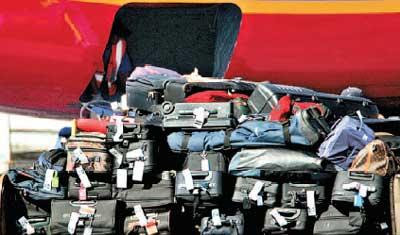 On the way to Appomattox General Lee's forces were engaged once again by Major General Philip Sheridan at Sayler's Creek who had deviled him previously at the Battle of Five Forks. Lee was racing to Appomattox to catch up with a supply train after abandoning Richmond and Petersburg a few days earlier. This action along with a delay at Amelia Court House hoping to be resupplied there gave the Union time enough to reach the supply train ahead of Lee and lie in wait for his arrival. It was April of 1865.
On the way to Appomattox General Lee's forces were engaged once again by Major General Philip Sheridan at Sayler's Creek who had deviled him previously at the Battle of Five Forks. Lee was racing to Appomattox to catch up with a supply train after abandoning Richmond and Petersburg a few days earlier. This action along with a delay at Amelia Court House hoping to be resupplied there gave the Union time enough to reach the supply train ahead of Lee and lie in wait for his arrival. It was April of 1865.For me it was December of 2011 and I was winding up a lengthy tour of the United States immediately after the attacks on September 11th in an attempt to determine what the next phase of my life would be. I knew I would not go back to the industry that had just cast me aside but after over two decades in the field I needed to figure out what transferable skills I had and where they might fit in to the new United States labor market. And who knew what that market was going to look like? How fitting to wind up at Appomattox Court House where the United States may have been preserved but it was surely quite different from the nation it had been or set out to be.
General Lee was in the last desperate throws of trying to preserve the Confederate States of America, he of West Point vintage but Virginia birth and loyalty. After a ten month siege at Petersburg he had been forced to abandon his erstwhile capital at Richmond and decided to head west in an attempt to regroup with the Army of Tennessee. Union forces dogged his retreat and preceded him to Appomattox Court House where a supply train waiting for him had been captured. Seeing no way out, General Lee fought one of the last battles of the war in the vicinity on April 9, 1865. As an astonishing courtesy at the end of the battle, Grant allowed Lee to choose the location of his surrender, Appomattox Court House.
Specifically, the place chosen was brick home of Wilmer McLean who had moved to the area to get away from the war! Appomattox then was like any highway town one might find today, there mainly as a county seat but specifically to serve travelers on the road to somewhere else, in this case the trade between Richmond and Lynchburg. It is preserved virtually intact today as it was nearly 150 years ago, farm houses, cross fencing, the court house and a general store. In this building there is such and such, in that building over there one can find so on and so forth while in that field over there is where this, that and the other took place, etc.
It was too neatly preserved. Almost like an over-manicured battlefield Appomattox Court House was so well preserved as to almost be more of what to expect at a Disney resort. I  did not expect to see field hospitals tending the wounded or the pall of cordite smoke and decay in the air, nor did I anticipate damaged buildings unsafe to enter. I was one of maybe six people not counting the national park staff there to run the place that day. No screaming kids, thank the heavens, but too quiet and ghostly for the significance of the event that took place here. The air was crisp, the skies above bright blue and the rest of the world nearby went blithely about its business, almost wanting to forget anything happened here at all.
did not expect to see field hospitals tending the wounded or the pall of cordite smoke and decay in the air, nor did I anticipate damaged buildings unsafe to enter. I was one of maybe six people not counting the national park staff there to run the place that day. No screaming kids, thank the heavens, but too quiet and ghostly for the significance of the event that took place here. The air was crisp, the skies above bright blue and the rest of the world nearby went blithely about its business, almost wanting to forget anything happened here at all.
 did not expect to see field hospitals tending the wounded or the pall of cordite smoke and decay in the air, nor did I anticipate damaged buildings unsafe to enter. I was one of maybe six people not counting the national park staff there to run the place that day. No screaming kids, thank the heavens, but too quiet and ghostly for the significance of the event that took place here. The air was crisp, the skies above bright blue and the rest of the world nearby went blithely about its business, almost wanting to forget anything happened here at all.
did not expect to see field hospitals tending the wounded or the pall of cordite smoke and decay in the air, nor did I anticipate damaged buildings unsafe to enter. I was one of maybe six people not counting the national park staff there to run the place that day. No screaming kids, thank the heavens, but too quiet and ghostly for the significance of the event that took place here. The air was crisp, the skies above bright blue and the rest of the world nearby went blithely about its business, almost wanting to forget anything happened here at all.Only Lee's army surrendered that day. Almost 200,000 Confederate men at arms remained in the field but the final campaigns soon played out, the last major battle occurring in May. At least, the last major battle of the killing fields.
Gotta go.


















